Home>Furniture & Design>Interior Design Trends>What Frequency Breaks Glass
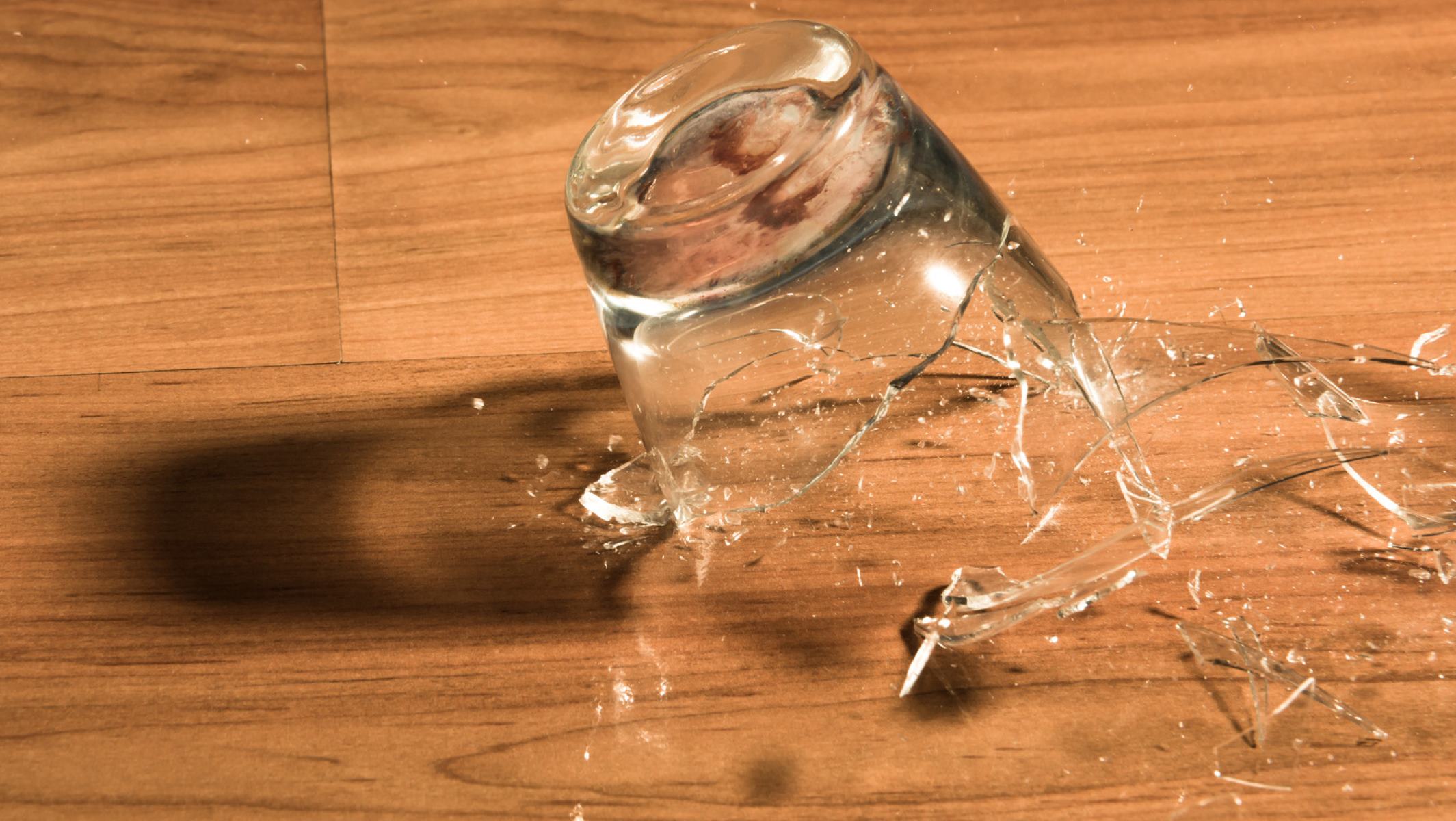

Interior Design Trends
What Frequency Breaks Glass
Modified: February 18, 2024
Discover how interior design trends can shatter expectations with the surprising answer to what frequency breaks glass. Explore the connection between sound and design.
(Many of the links in this article redirect to a specific reviewed product. Your purchase of these products through affiliate links helps to generate commission for Storables.com, at no extra cost. Learn more)
Introduction
Glass breaking is a phenomenon that has captivated human curiosity for centuries. The shattering sound and the mesmerizing sight of glass fragments scattering in all directions have intrigued scientists, artists, and the general public alike. Whether it's the dramatic effect in movies or the accidental mishaps in daily life, the question of what frequency breaks glass has lingered in the minds of many.
The frequency at which glass breaks is a fascinating subject that delves into the intricate properties of this transparent material. Understanding the science behind glass breaking and the factors that influence its susceptibility to shattering can provide valuable insights into the nature of this phenomenon.
In this article, we will embark on a journey to unravel the mysteries of glass breaking frequencies. We will explore the scientific principles that govern the shattering of glass, the factors that influence its breaking point, and real-life examples that showcase the diverse range of frequencies at which glass can be shattered.
Join us as we delve into the captivating world of glass breaking frequencies, where science meets art and everyday occurrences converge with extraordinary phenomena. Let's embark on this enlightening exploration to uncover the secrets behind what frequency breaks glass.
Key Takeaways:
- Glass breaking is influenced by factors like material composition, structural integrity, and resonance. Understanding these factors helps us appreciate the science and art behind what frequency breaks glass.
- Real-life examples, from opera singers shattering glass to hailstones impacting car windshields, showcase the diverse circumstances that can lead to glass breaking at different frequencies. Glass breaking is a captivating interplay of art, science, and everyday occurrences.
Read more: What Frequency Does Glass Break
The Science Behind Glass Breaking
Glass breaking is a captivating phenomenon that stems from the intricate interplay of scientific principles governing the behavior of this transparent material. At its core, the shattering of glass is a result of the release of stored energy within the material, leading to the rapid propagation of cracks and the subsequent fragmentation of the glass structure.
When an external force is applied to glass, such as a sudden impact or a resonant frequency, it induces stress within the material. This stress accumulates until it surpasses the glass's inherent strength, causing it to fracture. The release of stored energy, in the form of elastic potential energy, triggers the rapid expansion of cracks throughout the glass, culminating in the characteristic shattering effect.
The molecular structure of glass plays a pivotal role in determining its susceptibility to breaking. Unlike crystalline materials, glass lacks a regular, repeating atomic structure, rendering it an amorphous solid. This unique structure contributes to the brittle nature of glass, as the absence of a defined crystal lattice impedes the propagation of dislocations, making it more prone to sudden failure under stress.
Moreover, the presence of flaws, such as microcracks and impurities, significantly influences the propensity of glass to break. These flaws serve as initiation points for crack propagation, amplifying the susceptibility of the glass to shattering. Additionally, the composition of the glass, including the type and distribution of glass-forming elements, profoundly impacts its mechanical properties and, consequently, its breaking behavior.
The phenomenon of glass breaking is further elucidated by the concept of resonance. When a glass object is subjected to vibrations at its natural frequency, the amplitude of these vibrations can escalate, leading to the amplification of stress within the material. This resonance-induced stress can surpass the glass's threshold, triggering its fracture and subsequent fragmentation.
In essence, the science behind glass breaking encompasses a multifaceted interplay of material properties, structural characteristics, and external forces. By delving into the intricate mechanisms governing the shattering of glass, we gain a profound appreciation for the scientific principles underlying this captivating phenomenon.
Factors Affecting Glass Breaking Frequency
The breaking frequency of glass is influenced by a myriad of factors that collectively dictate its susceptibility to shattering. Understanding these factors is crucial in unraveling the diverse range of frequencies at which glass can be shattered and gaining insights into the complex nature of this phenomenon.
-
Material Composition: The composition of the glass, including the type and distribution of glass-forming elements, profoundly impacts its breaking frequency. Different types of glass, such as soda-lime glass, borosilicate glass, and tempered glass, exhibit varying breaking frequencies due to differences in their chemical compositions and structural properties.
-
Structural Integrity: The structural integrity of the glass, which encompasses the presence of flaws, microcracks, and impurities, significantly influences its breaking frequency. Flaws serve as initiation points for crack propagation, amplifying the susceptibility of the glass to shattering and affecting the range of frequencies at which it can fracture.
-
Thickness and Shape: The thickness and shape of the glass object play a pivotal role in determining its breaking frequency. Thicker glass tends to have a lower breaking frequency due to its enhanced structural robustness, while thinner glass is more susceptible to shattering at higher frequencies. Similarly, the shape of the glass object can influence the distribution of stress and the propensity for fracture at specific frequencies.
-
Resonance and Vibrational Frequencies: The concept of resonance and vibrational frequencies profoundly impact the breaking frequency of glass. When a glass object is subjected to vibrations at its natural frequency, the amplification of stress can lead to its fracture. Understanding the resonant frequencies of glass objects is crucial in predicting the range of frequencies at which they are susceptible to shattering.
-
Environmental Conditions: Environmental factors, such as temperature and humidity, can affect the breaking frequency of glass. Thermal stresses induced by temperature variations can alter the range of frequencies at which glass is prone to fracture, while changes in humidity levels can influence the material properties of the glass, thereby impacting its breaking behavior.
-
External Forces: The application of external forces, including impacts and sudden loads, can significantly alter the breaking frequency of glass. The magnitude, direction, and duration of these forces can induce stress concentrations within the glass, leading to variations in its susceptibility to shattering at different frequencies.
By comprehensively examining these factors, we gain a holistic understanding of the intricate interplay of material properties, structural characteristics, and external influences that collectively determine the breaking frequency of glass. This multifaceted perspective provides valuable insights into the diverse range of frequencies at which glass can shatter, shedding light on the complex nature of this captivating phenomenon.
The frequency that can break glass is typically around 556 Hz, which is in the range of a high-pitched sound. Be cautious when experimenting with sound frequencies near glass to avoid potential damage.
Real-life Examples of Glass Breaking Frequencies
Real-life examples of glass breaking frequencies offer captivating insights into the diverse range of circumstances and phenomena that can lead to the shattering of glass at varying frequencies. From everyday occurrences to extraordinary events, these examples showcase the multifaceted nature of glass breaking and the intriguing interplay of factors that influence its susceptibility to fracture.
One notable real-life example of glass breaking frequencies is the phenomenon of opera singers shattering glass with their voices. This extraordinary demonstration of the resonant frequency's influence on glass breaking has captivated audiences and scientists alike. When an opera singer produces a sustained high-pitched note at the precise resonant frequency of a glass object, the amplification of vibrational energy can lead to the glass shattering dramatically. This remarkable display underscores the profound impact of resonance on glass breaking frequencies and exemplifies the convergence of art, science, and the inherent properties of glass.
In the realm of engineering and material science, real-life examples of glass breaking frequencies manifest in the design and testing of glass structures. Engineers and researchers meticulously analyze the breaking frequencies of glass components, such as windows, facades, and glass panels, to ensure their structural integrity and safety. By subjecting glass structures to controlled vibrations and stress tests, they gain valuable insights into the range of frequencies at which glass is susceptible to fracture, enabling them to optimize the design and composition of glass elements for enhanced durability and resilience.
Moreover, in the context of architectural acoustics, real-life examples of glass breaking frequencies emerge in the study of sound-induced vibrations. The resonant frequencies of glass windows and enclosures play a pivotal role in determining their susceptibility to shattering when exposed to intense sound waves. By examining the interplay of sound frequencies and glass resonance, acousticians and designers can mitigate the risk of glass breakage in architectural spaces, ensuring a harmonious balance between acoustic performance and structural integrity.
Additionally, everyday scenarios, such as the impact of hailstones on car windshields, exemplify real-life instances of glass breaking frequencies. The varying sizes and velocities of hailstones can induce stress concentrations in glass, leading to its fracture at distinct frequencies. This practical illustration underscores the influence of external forces and impact dynamics on the breaking behavior of glass in real-world situations.
These real-life examples collectively illuminate the diverse range of circumstances and phenomena that encompass glass breaking frequencies, offering a compelling portrayal of the intricate interplay of material properties, external influences, and resonant phenomena. By delving into these examples, we gain a profound appreciation for the captivating nature of glass breaking frequencies and the multifaceted factors that shape this intriguing phenomenon.
Conclusion
The exploration of glass breaking frequencies unveils a captivating tapestry of scientific principles, material properties, and real-life phenomena that collectively shape this intriguing phenomenon. From the intricate interplay of material composition and structural integrity to the profound influence of resonance and external forces, the breaking frequency of glass embodies a multifaceted convergence of factors that dictate its susceptibility to shattering.
In conclusion, the breaking frequency of glass transcends mere physical properties, encompassing a rich tapestry of scientific, artistic, and practical implications. By unraveling the mysteries of glass breaking frequencies, we gain profound insights into the delicate balance between material resilience and vulnerability, the captivating influence of resonance on structural integrity, and the diverse range of circumstances that can lead to the shattering of glass at distinct frequencies.
As we navigate the realms of opera singers shattering glass with their voices, engineers meticulously testing glass structures, and the impact of hailstones on car windshields, we witness the captivating interplay of art, science, and everyday occurrences in shaping the breaking behavior of glass. This multifaceted perspective offers a profound appreciation for the captivating nature of glass breaking frequencies and the intricate factors that govern this captivating phenomenon.
Ultimately, the exploration of glass breaking frequencies transcends the realm of scientific inquiry, offering a compelling narrative that intertwines the inherent properties of glass with the diverse tapestry of human experiences. Whether it's the mesmerizing resonance of an opera singer's voice or the meticulous engineering of glass structures, the breaking frequency of glass serves as a captivating lens through which we gain a deeper understanding of the delicate balance between fragility and resilience in the world of materials.
In essence, the exploration of glass breaking frequencies beckons us to embrace the captivating interplay of art and science, the profound implications for material design and structural integrity, and the enduring allure of a phenomenon that has captivated human curiosity for centuries. As we conclude this enlightening journey, we are reminded of the enduring fascination with what frequency breaks glass, a question that transcends mere physics and resonates with the intricate fabric of human curiosity and ingenuity.
Frequently Asked Questions about What Frequency Breaks Glass
Was this page helpful?
At Storables.com, we guarantee accurate and reliable information. Our content, validated by Expert Board Contributors, is crafted following stringent Editorial Policies. We're committed to providing you with well-researched, expert-backed insights for all your informational needs.
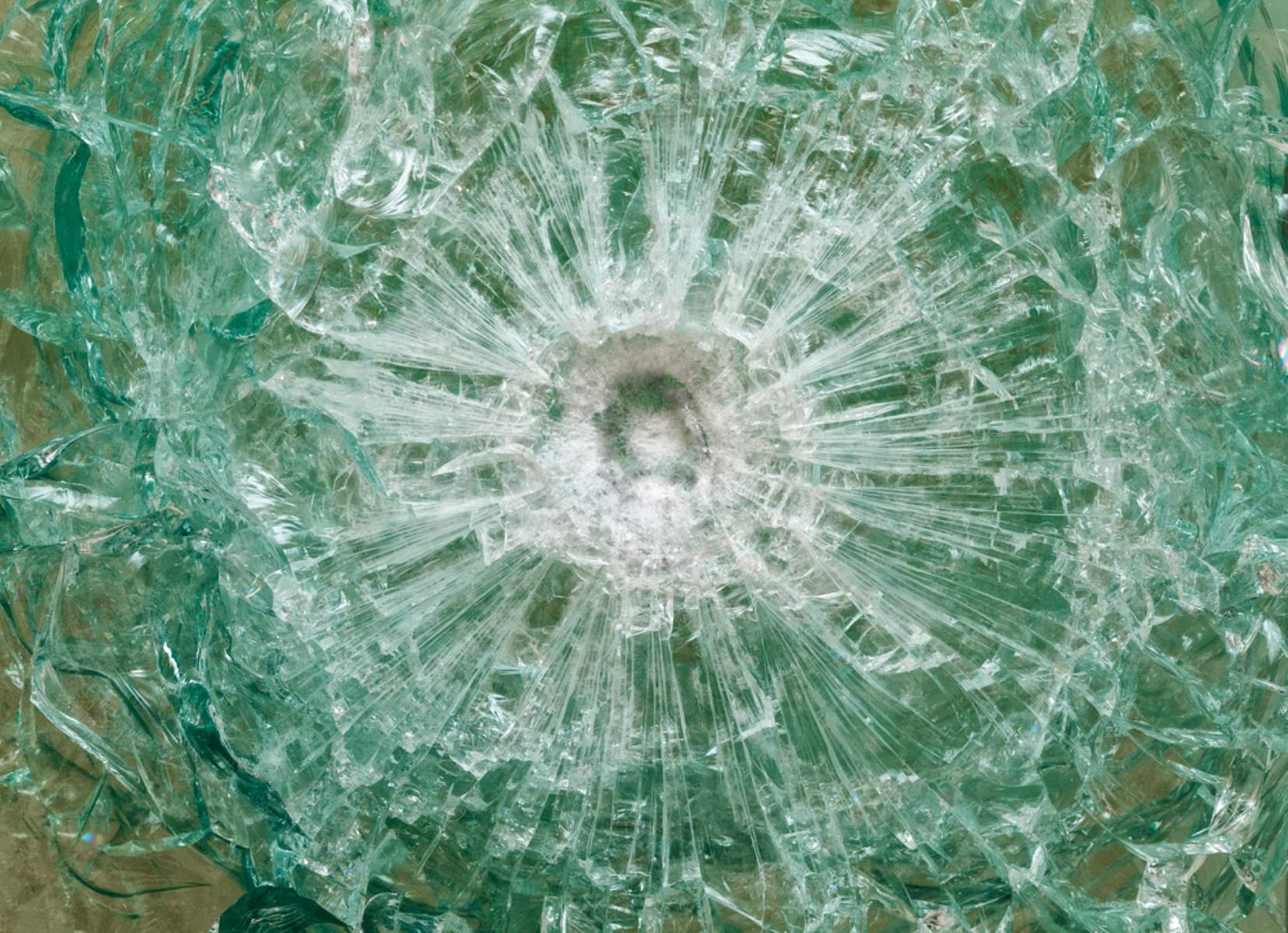
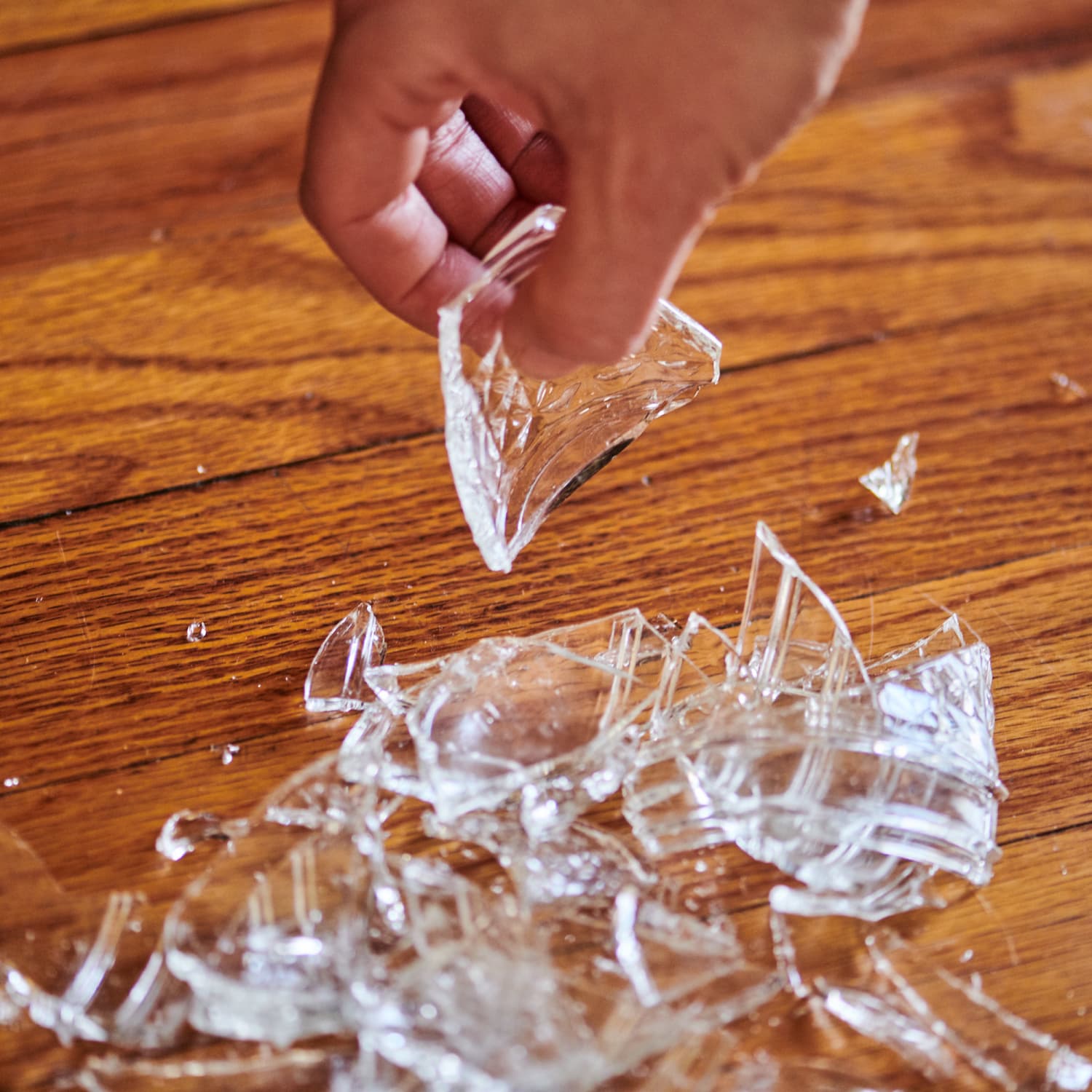
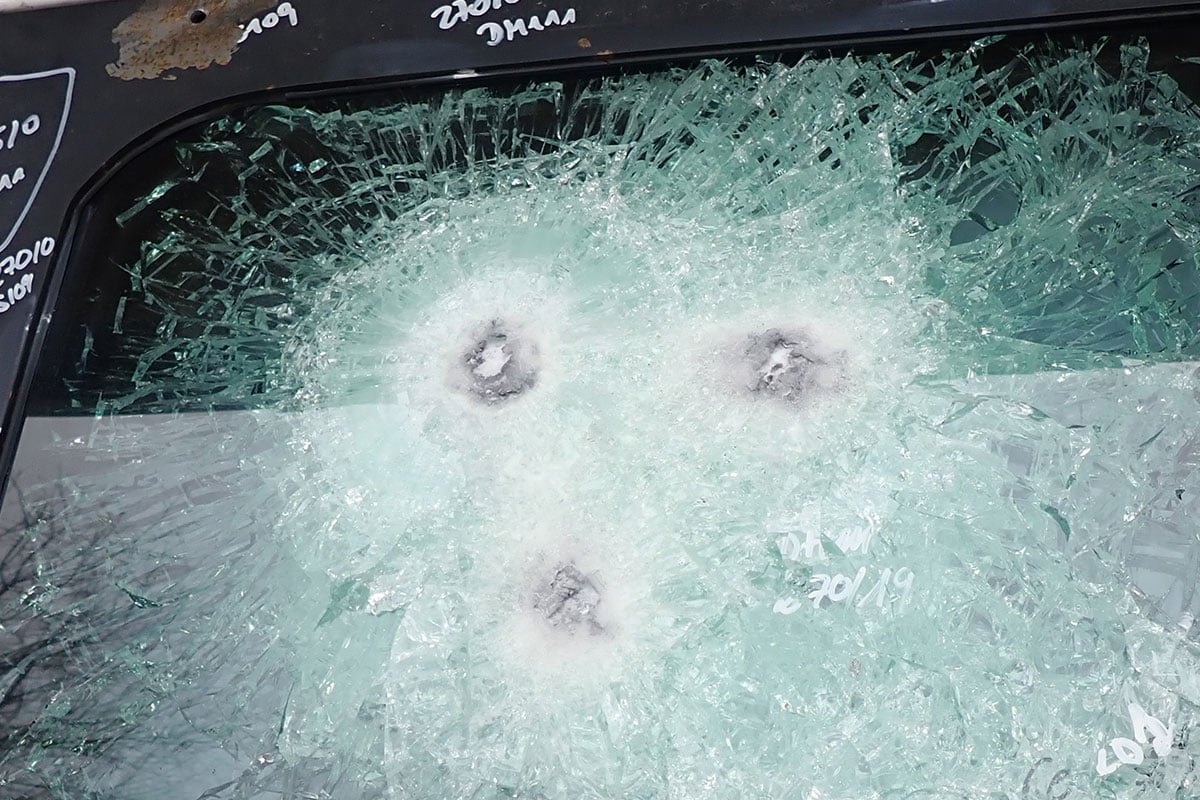
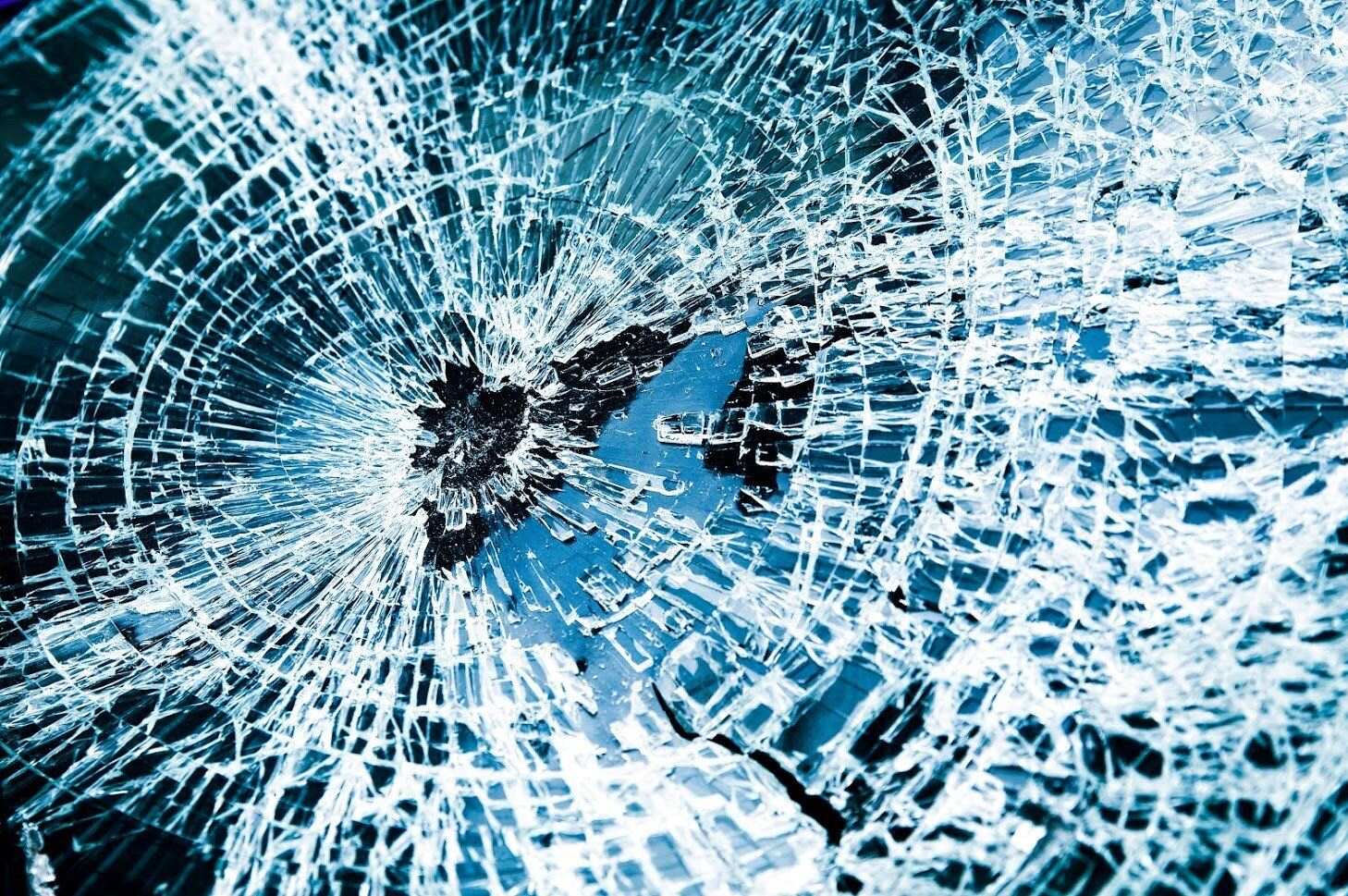
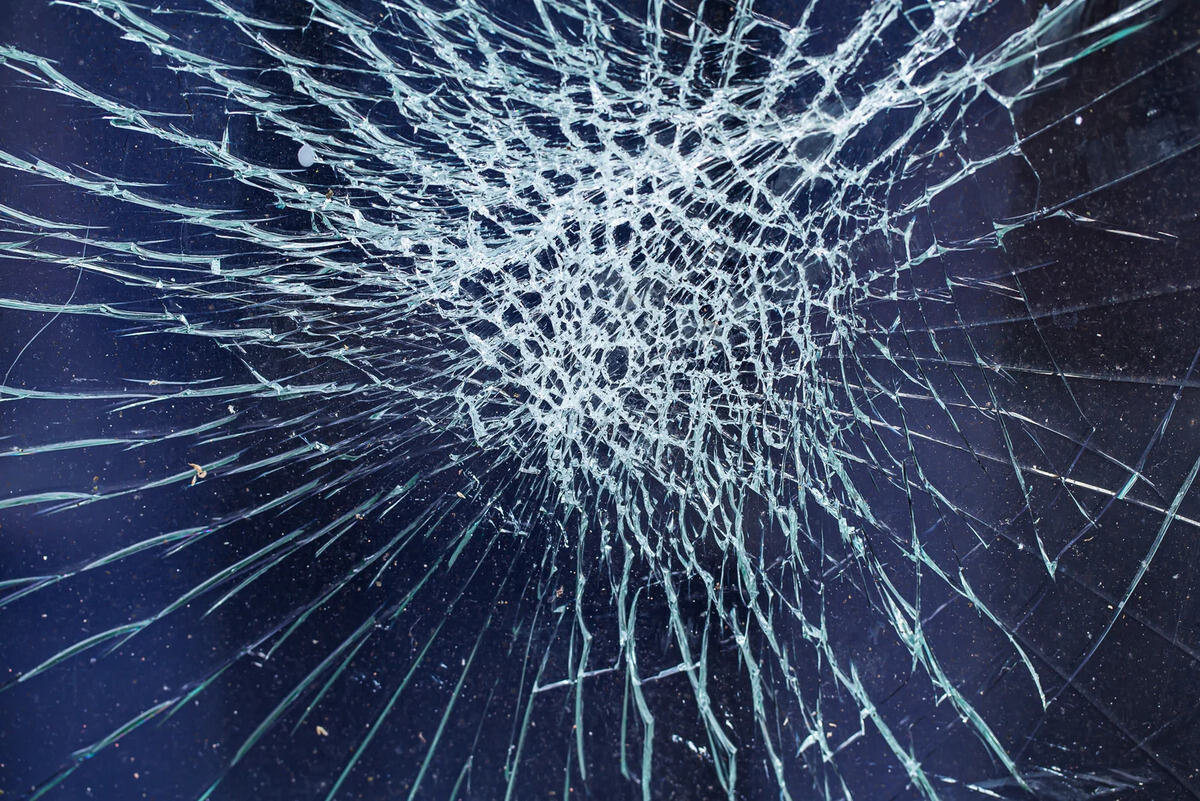
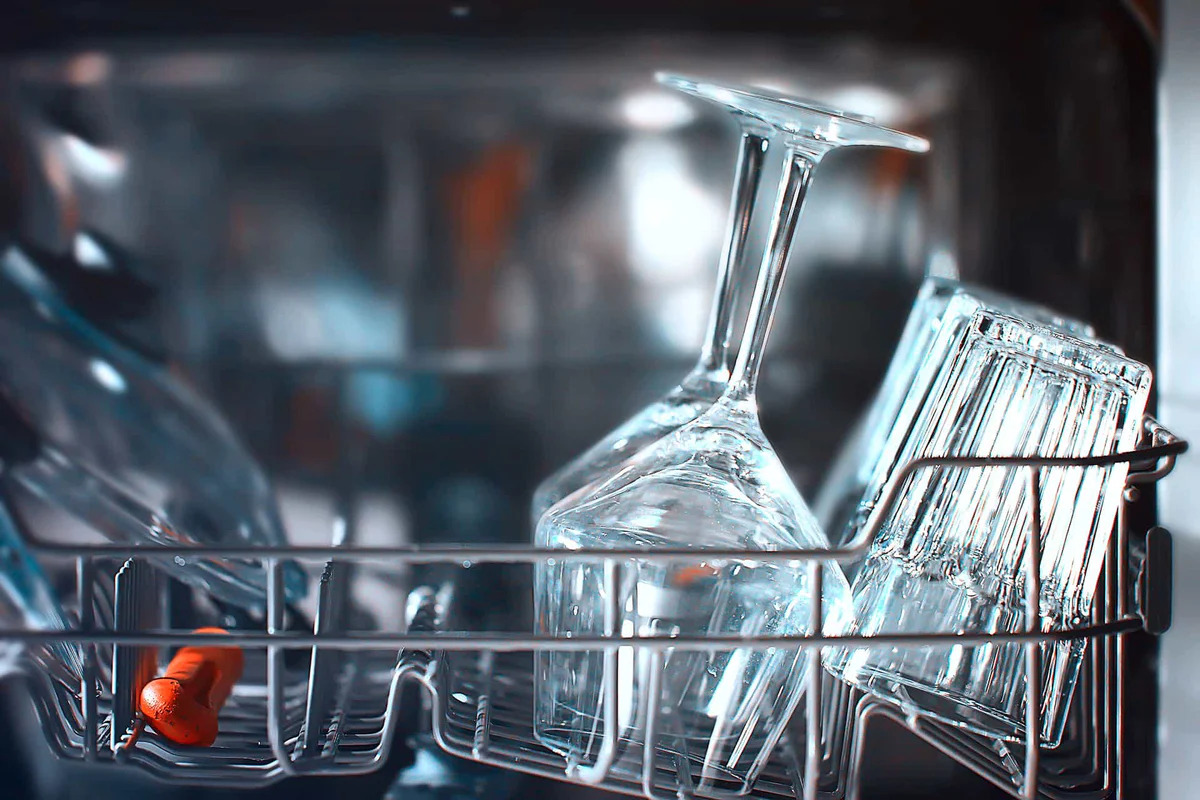
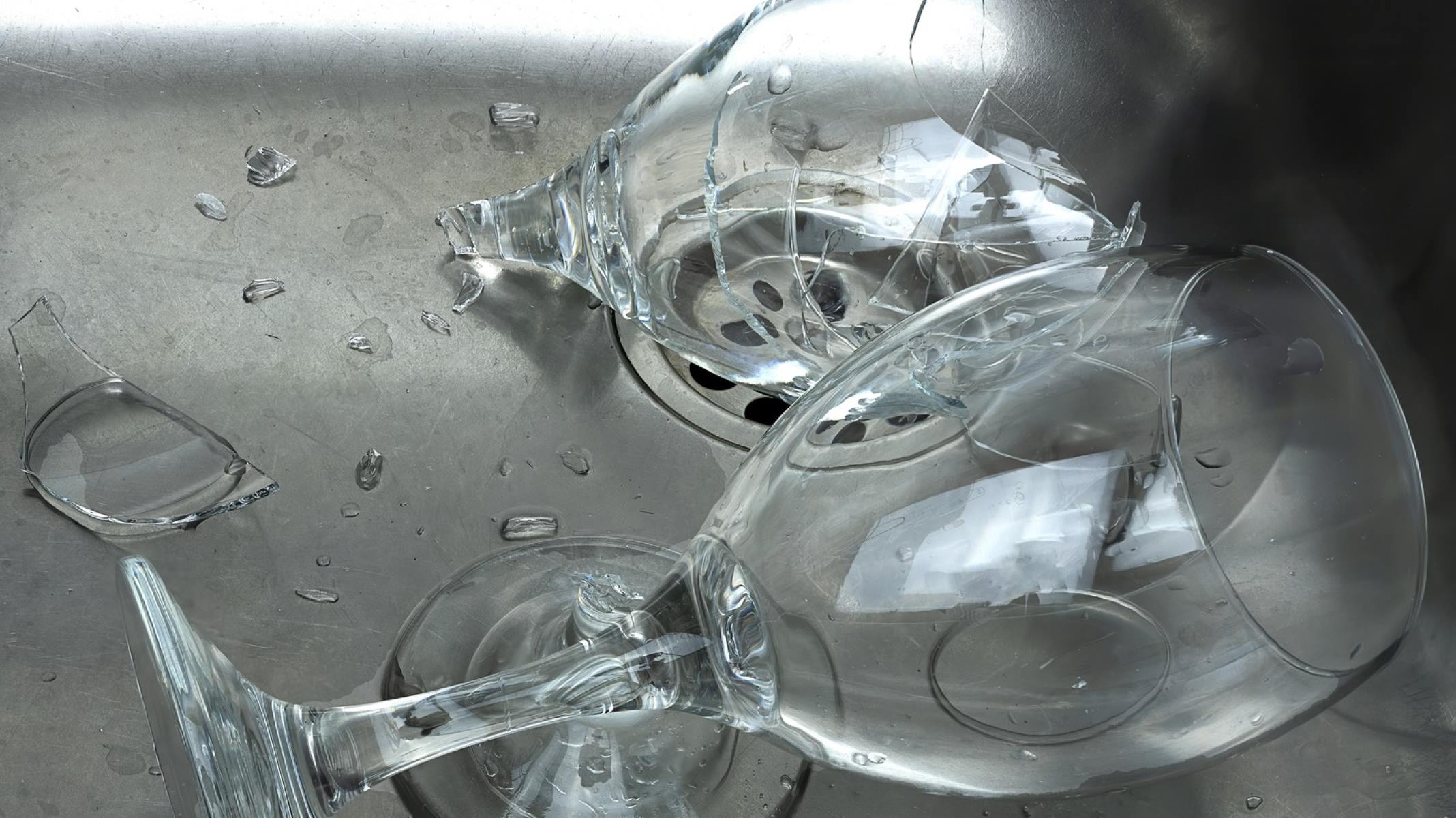

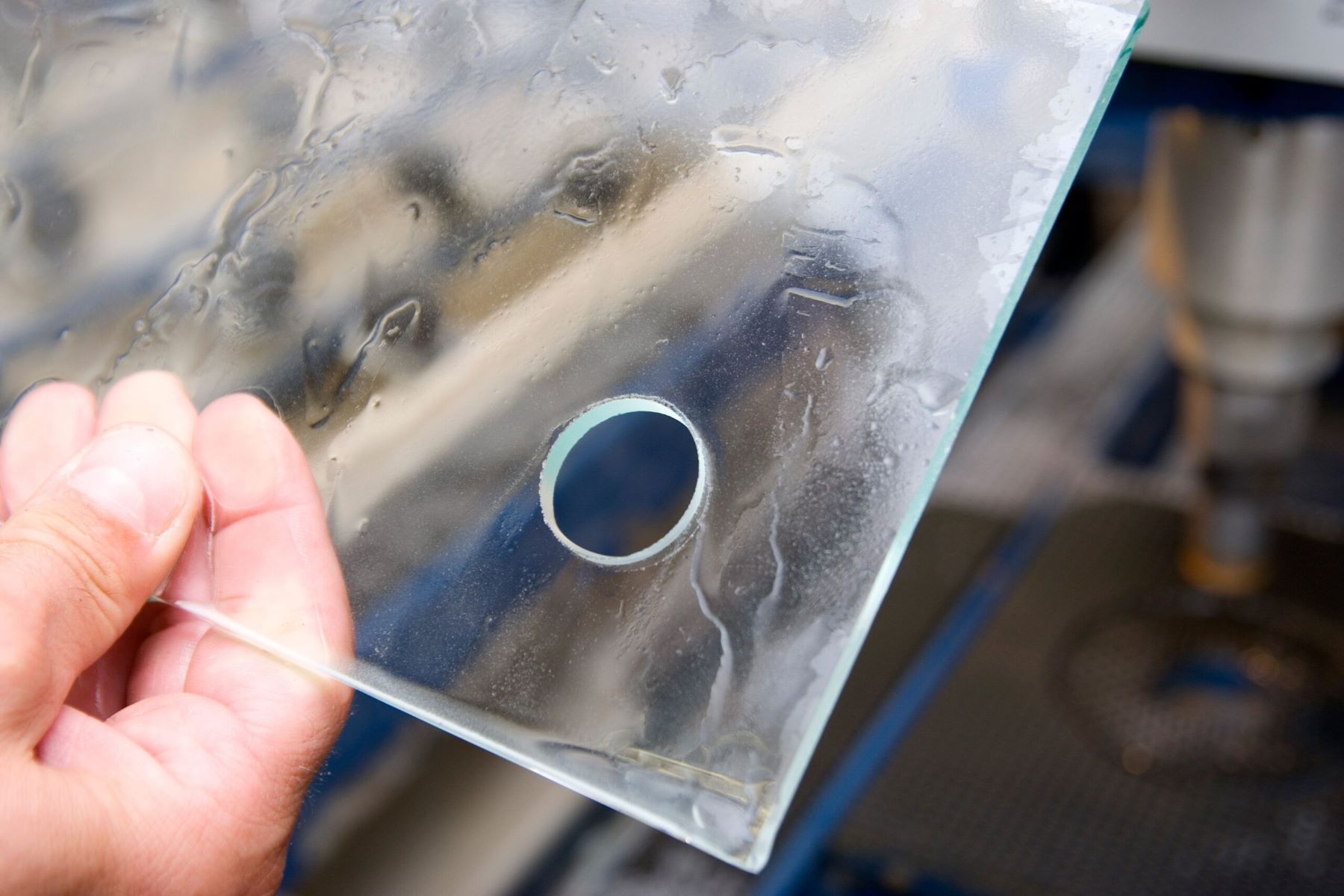
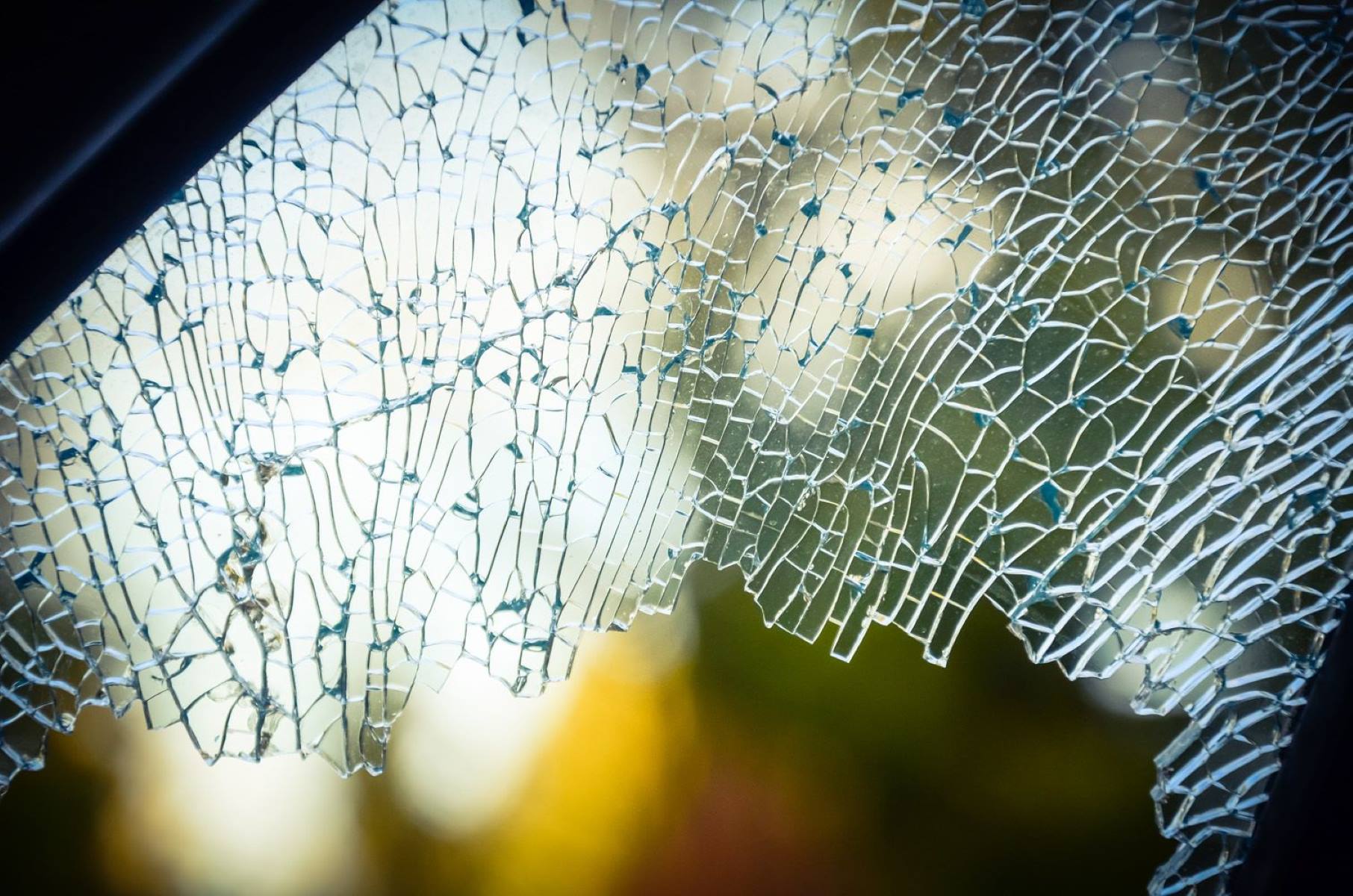
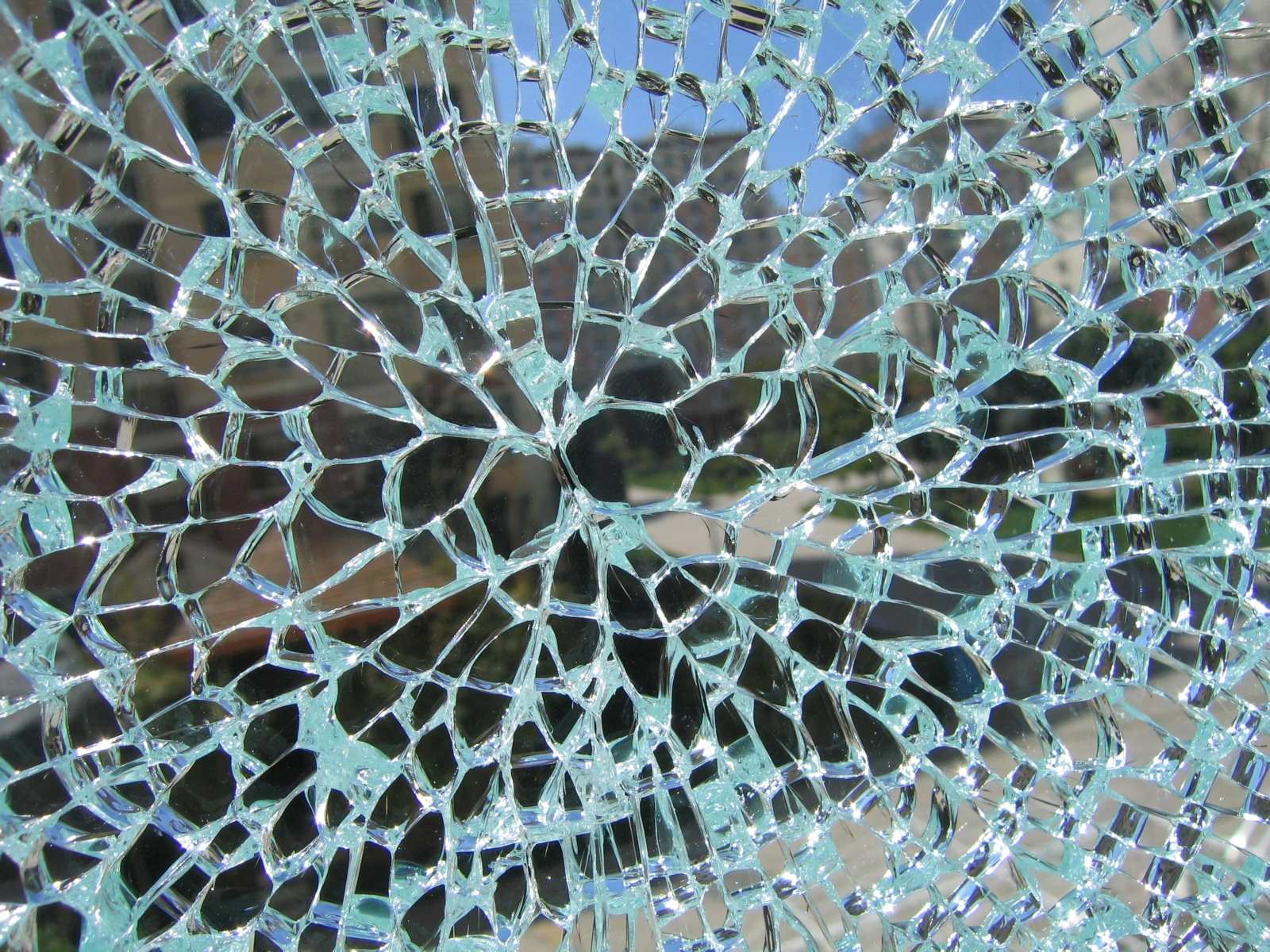
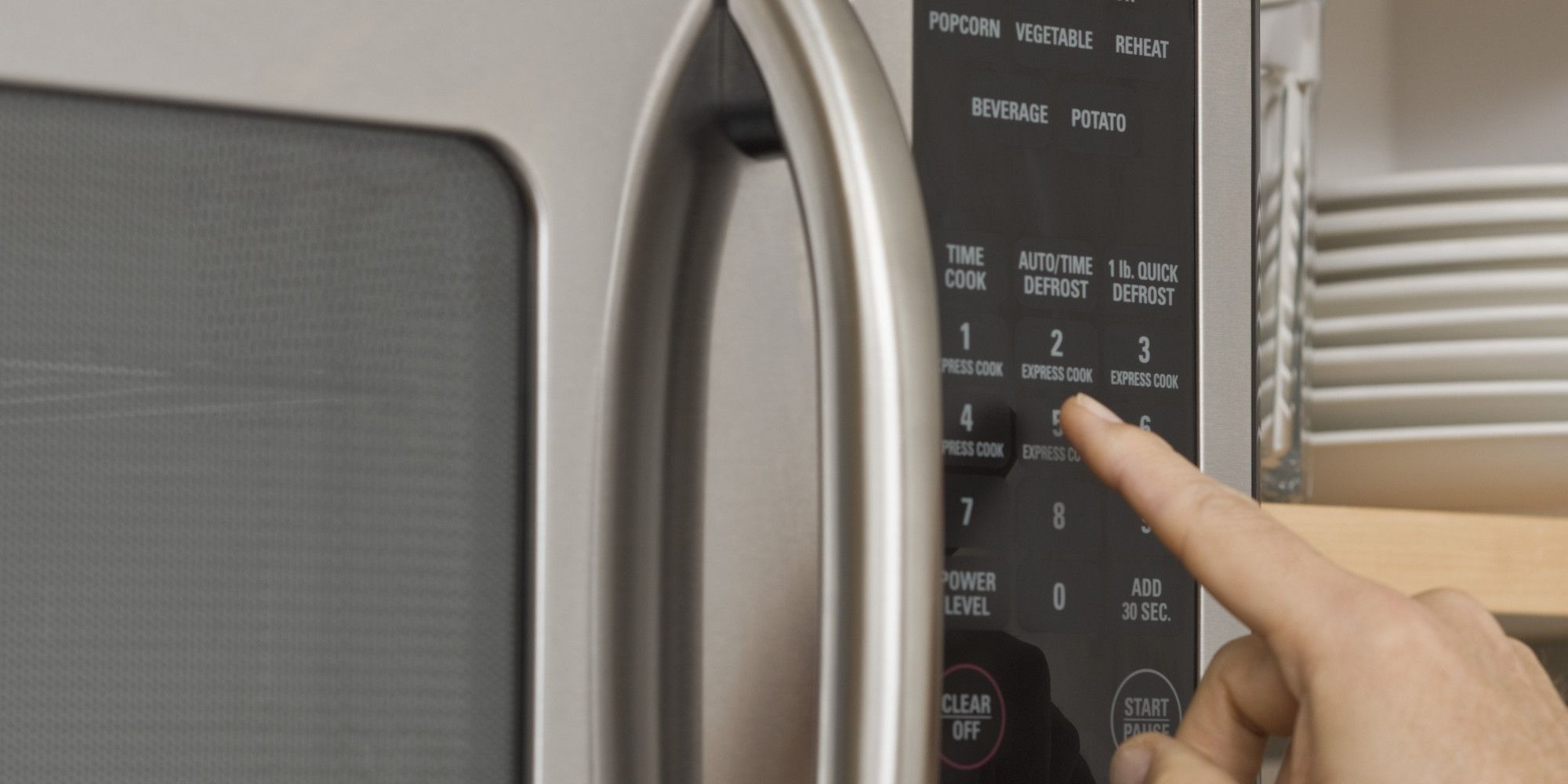
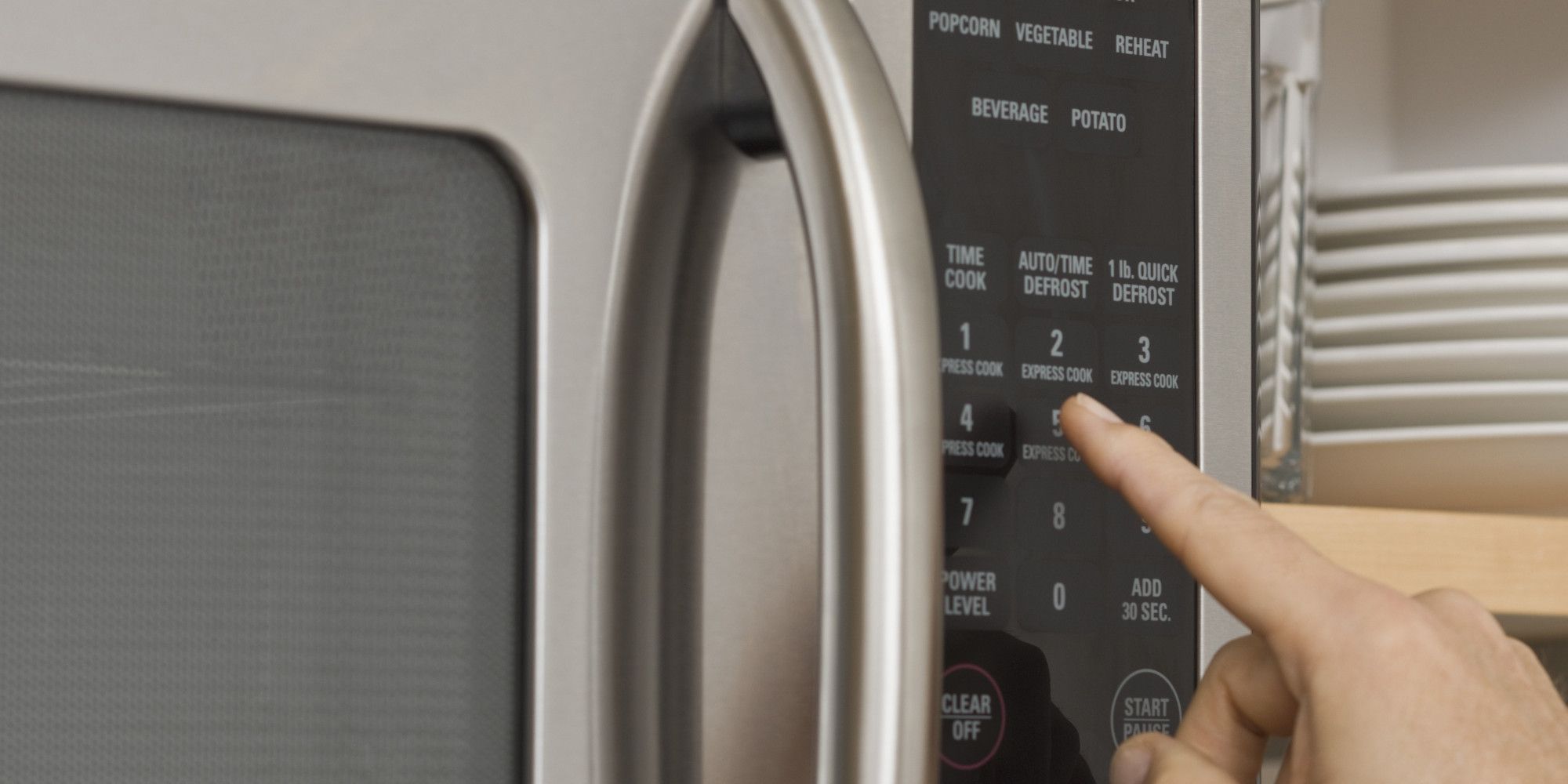
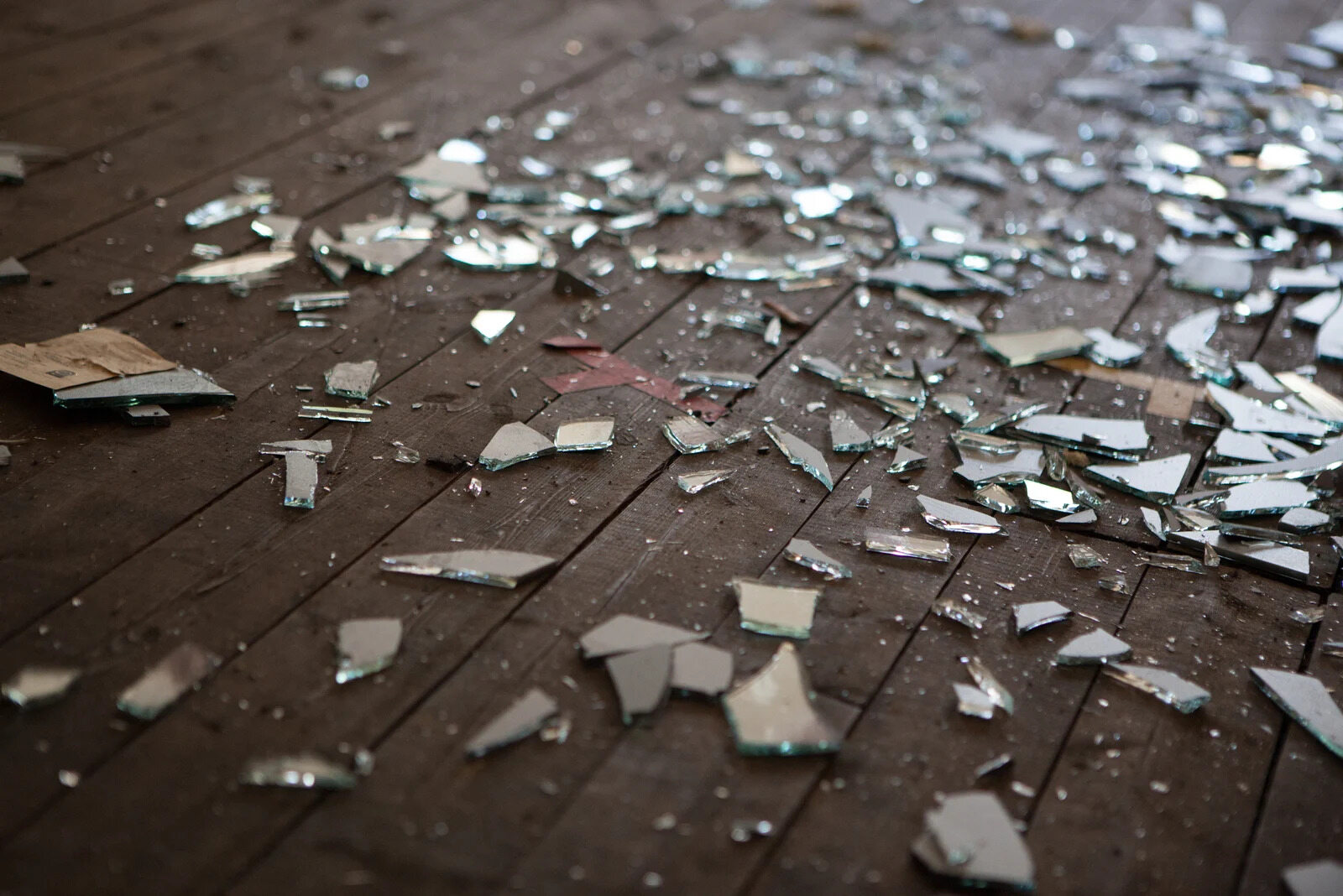
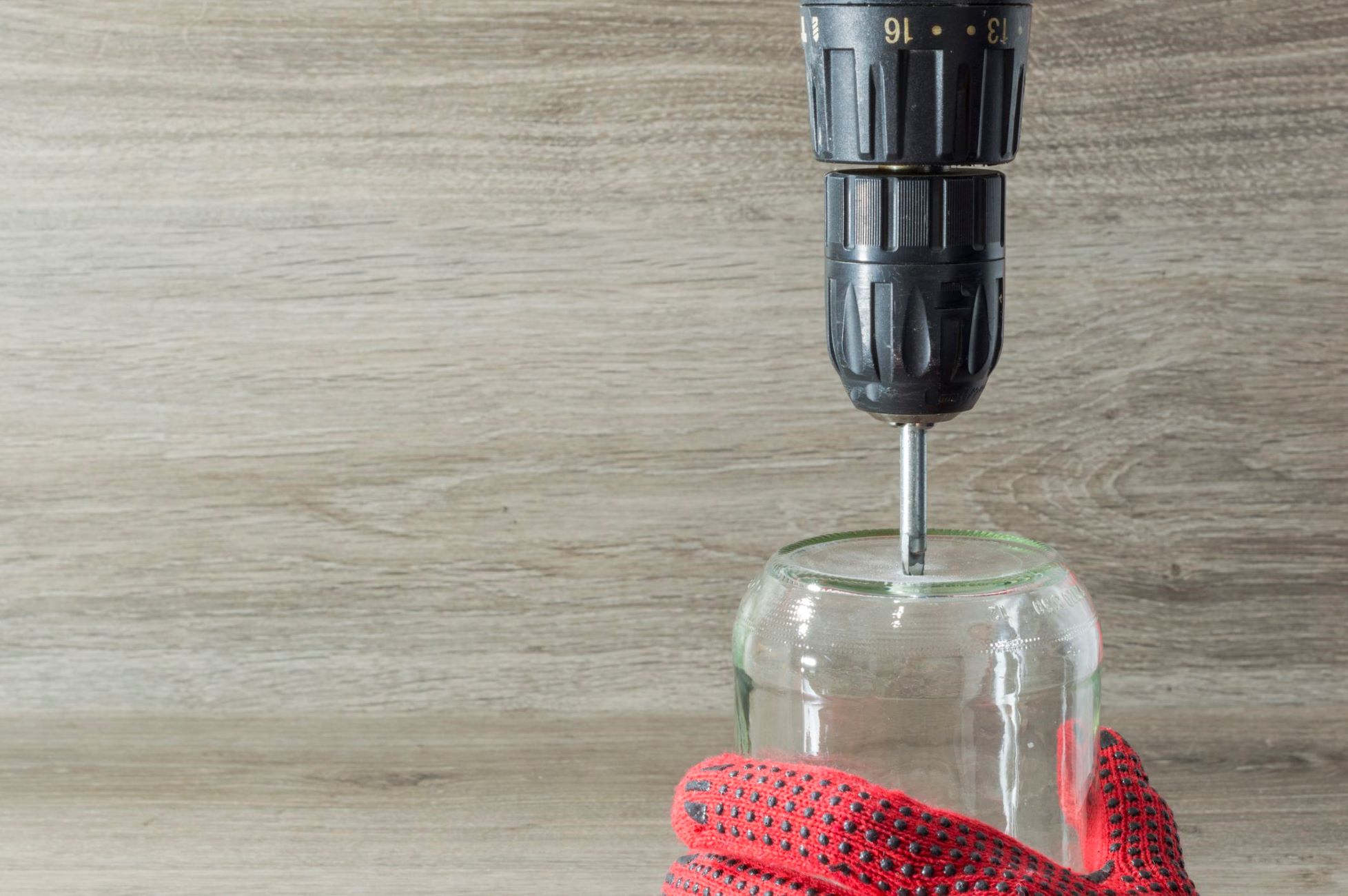

0 thoughts on “What Frequency Breaks Glass”